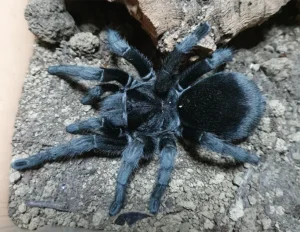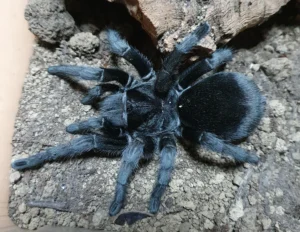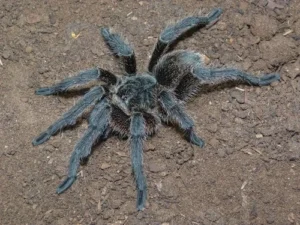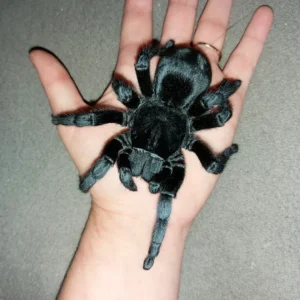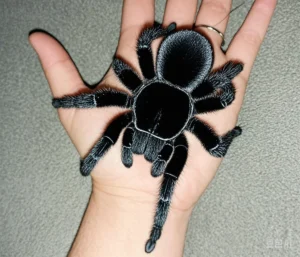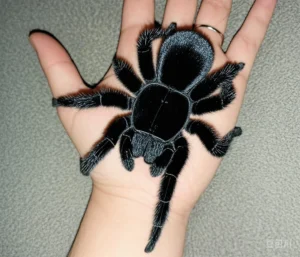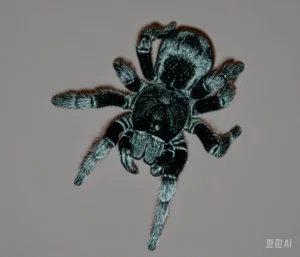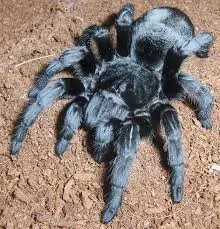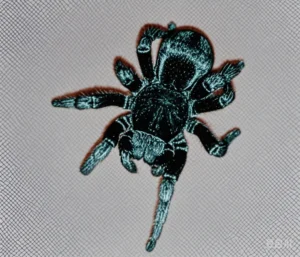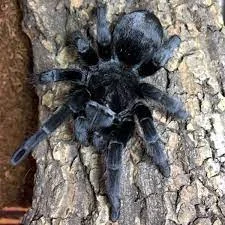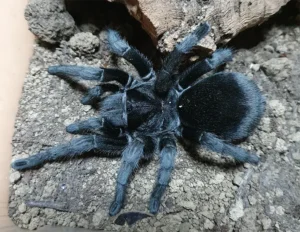Tarantula Ecology
Burrow Architecture of Grammostola pulchra: Functional Design in Natural Habitats
Introduction: Home Beneath the Surface
*Grammostola pulchra*, like many tarantula species, utilizes burrows as essential retreats in its natural grassland and scrubland habitats of southern Brazil and Uruguay. These subterranean structures are more than just simple holes; they represent functional architecture designed for thermoregulation, humidity control, predator protection, and ambushing prey.
Burrow Location and Site Selection
In the wild, *G. pulchra* often constructs burrows or utilizes pre-existing cavities. Preferred locations might include:
- At the base of grass tussocks or shrubs, providing structural support and camouflage.
- Under rocks or logs, offering initial cover and stability.
- In well-drained soil banks, reducing the risk of flooding.
Site selection likely balances factors like soil stability, drainage, cover, and proximity to potential prey routes.
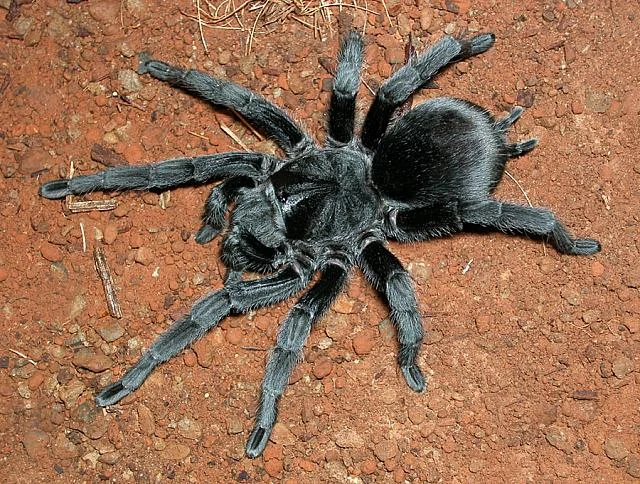
Typical Structure and Dimensions
While individual burrows vary, studies of theraphosid burrows often reveal common features. A typical *G. pulchra* burrow might consist of:
- Entrance: Often subtly concealed with silk, soil particles, and nearby vegetation debris. The entrance might have a silk “collar” or “turret” in some *Grammostola* species, though this might be less pronounced in *G. pulchra*.
- Tunnel: A single, vertical or angled tunnel extending downwards into the soil.
- Chamber: The tunnel often widens at the bottom into a larger chamber where the tarantula spends most of its time, molts, and may lay egg sacs.
- Depth: Depth can vary significantly depending on soil type, age of the tarantula, and local conditions, potentially reaching 20-40 cm or more.
The specific tarantula burrow design and function reflects adaptations to the local environment.
Functional Design Elements
The burrow’s architecture serves multiple purposes:
- Thermoregulation: The soil provides insulation, buffering the tarantula against extreme surface temperatures (both heat and cold). Deeper burrows offer more stable temperatures.
- Humidity Control: Burrows maintain higher humidity levels than the ambient air, crucial for preventing dehydration, especially during molting. Silk lining can further help trap moisture.
- Predator Protection: The burrow provides a secure retreat from predators like birds, mammals, and larger reptiles.
- Ambush Point: Tarantulas often sit near the burrow entrance, sensing vibrations of passing prey through the substrate and silk lines extending outwards.
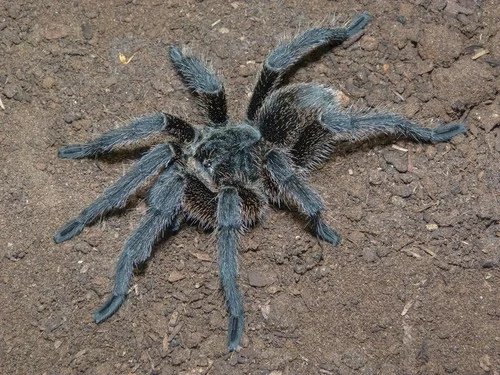
Construction and Maintenance
Tarantulas excavate burrows using their chelicerae (fangs) and legs to dig and move soil particles. They use silk extensively to reinforce the burrow walls, preventing collapse, especially in looser soils. Silk also lines the interior, creating a smoother surface and potentially aiding in hygiene and humidity retention. Maintenance involves periodic clearing of debris, expansion as the tarantula grows, and repair after heavy rains or disturbances.
In Captivity: Providing deep substrate (6-8 inches or more) in enclosures allows captive *G. pulchra* to exhibit natural burrowing behavior, contributing to their well-being.
Ecological Significance
Tarantula burrows contribute to soil aeration and nutrient cycling. Abandoned burrows can also provide shelter for other invertebrates and small vertebrates. Studying burrow architecture offers insights into the behavior, physiology, and ecological role of these fascinating arachnids in their natural ecosystems.
General information on tarantula burrow structure is based on studies across various Theraphosidae species.

